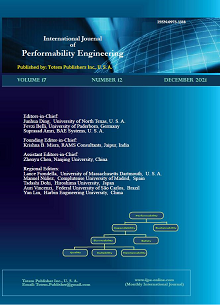-
Research Issues, Innovation and Associated Approaches for Recommendation on Social Networks
- Anuja Arora, and Anu Taneja
-
2021, 17(12):
1027-1036.
doi:10.23940/ijpe.21.12.p7.10271036
-
 Abstract
Abstract
 PDF (378KB)
PDF (378KB)

-
References |
Related Articles
Recommendation Systems have been well established to reduce the problem of information overload and have become one of the most valuable tools applicable to different domains like computer science, mathematics, psychology etc. Despite its popularity and successful deployment in different commercial environments, this area is still exploratory due to the rapid development of social media which has accelerated the development of social recommendation systems. This paper addresses the key motivation for social media sites to apply recommendation techniques, unique properties of social recommendation systems, classification of social recommendation systems on the basis of basic models, comparison with existing traditional recommender systems, key findings from positive and negative experiences in applying social recommendation systems. Consequently, the aim of this paper is to provide research directions to improve the capability of social recommendation systems including the heterogeneous nature of social networks, understanding the role of negative relations, cold-start problems, integrating the cross-domain data and its applicability to a broader range of applications. This study will help the researchers and academicians in planning future social recommendation studies for designing a unified and coherent social recommendation system.

